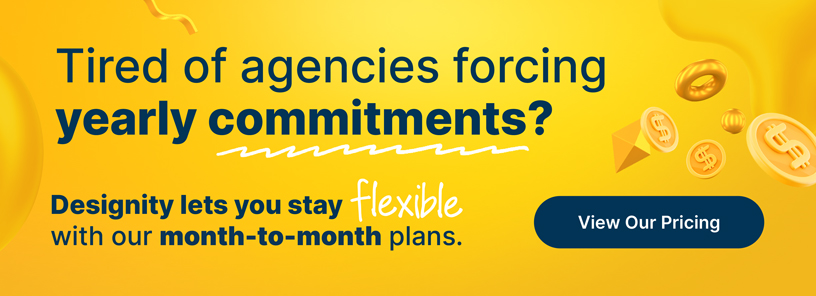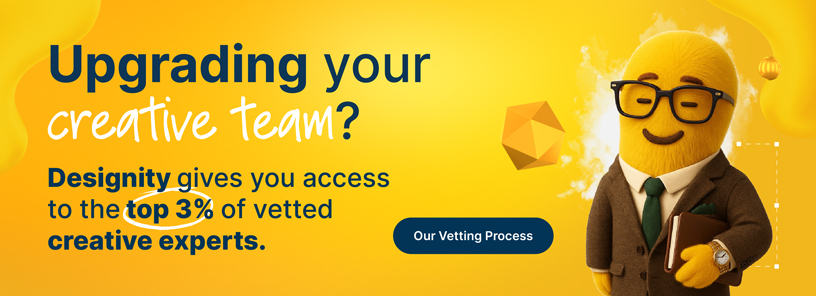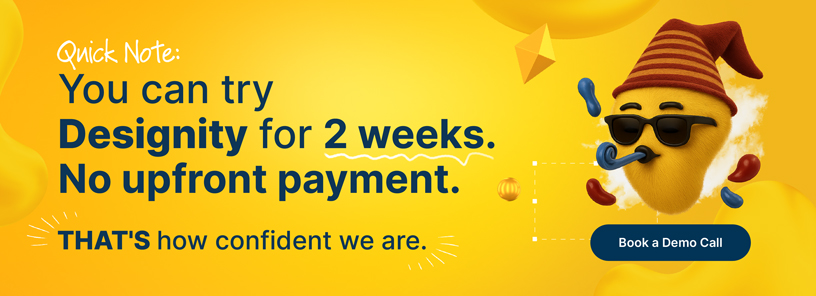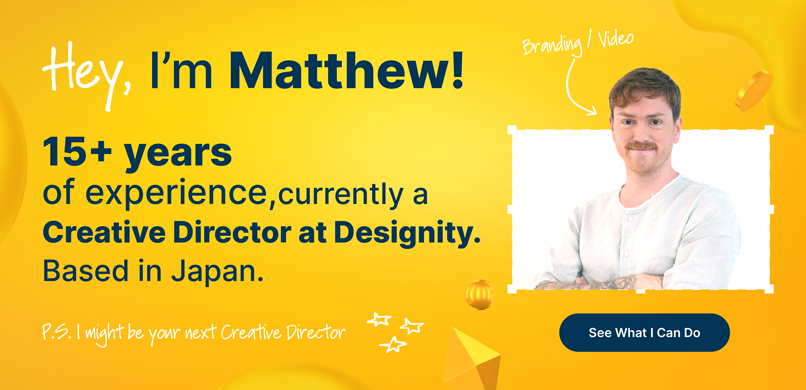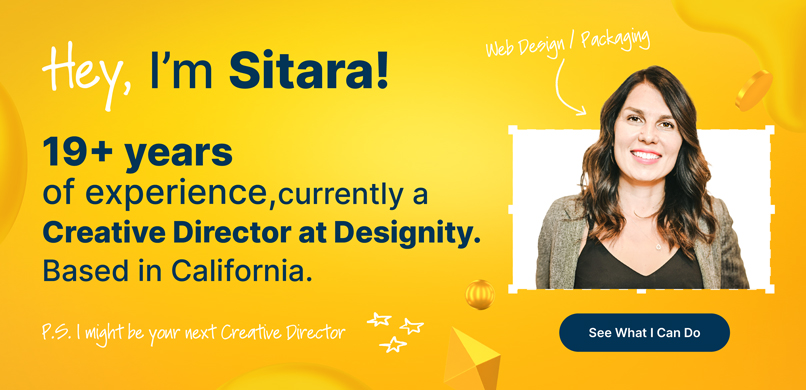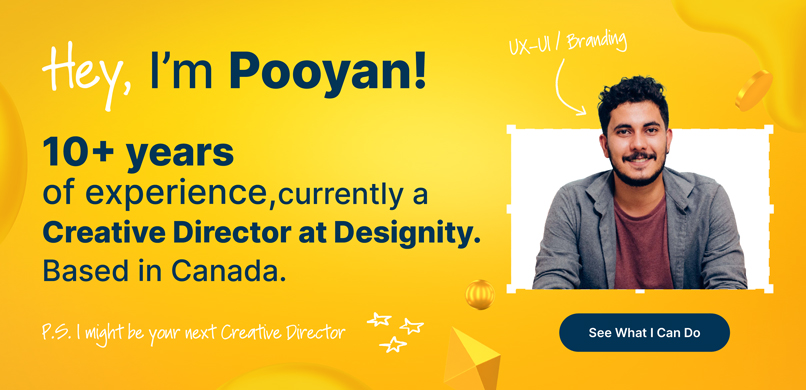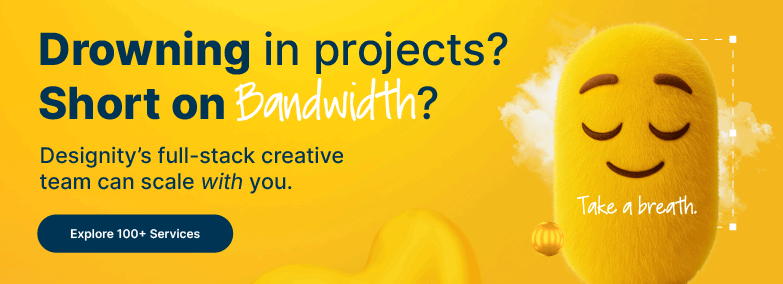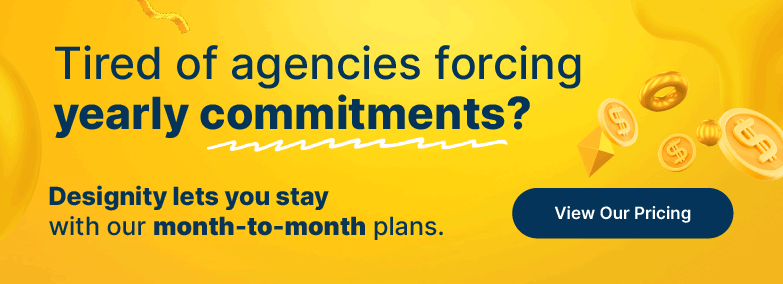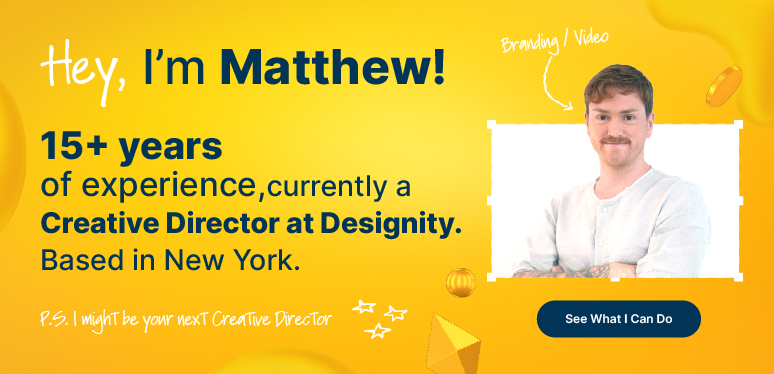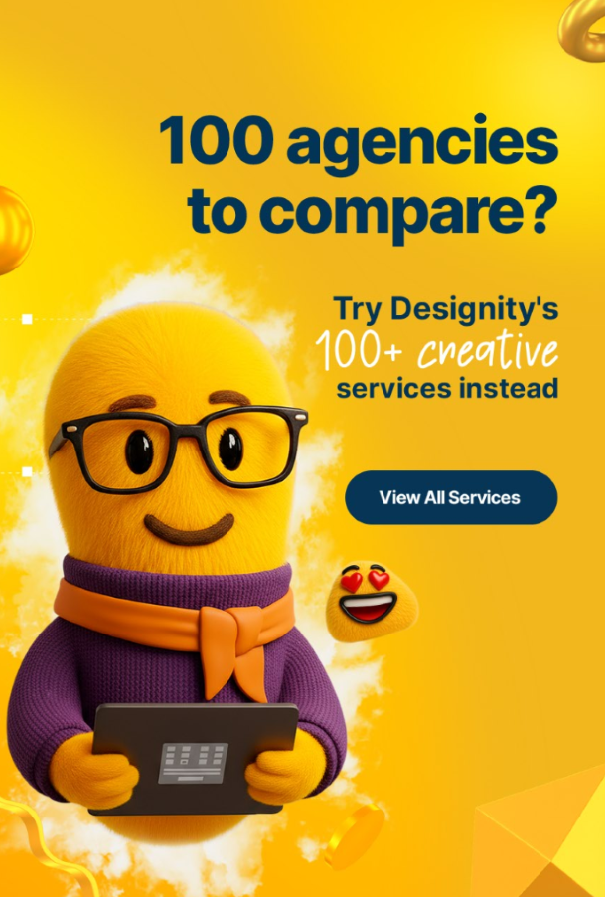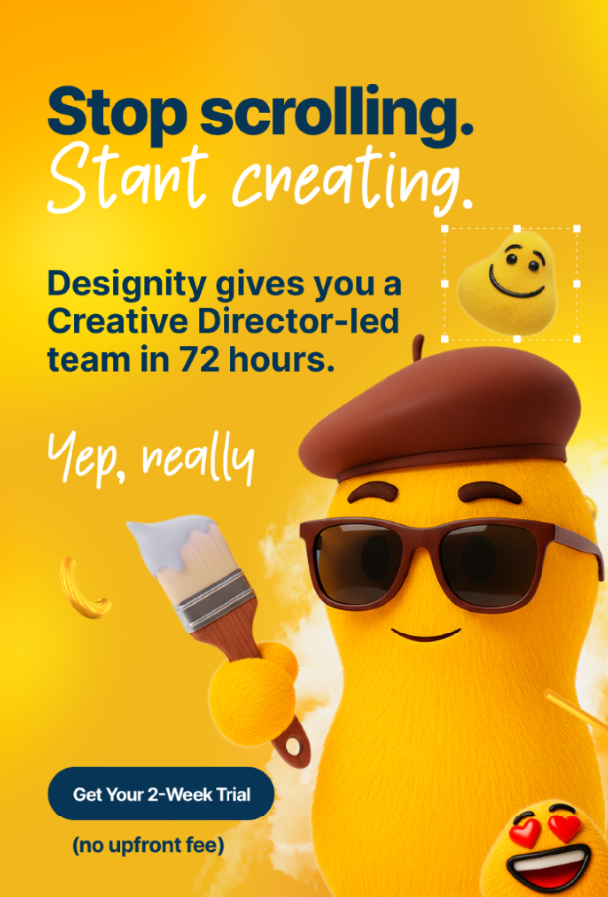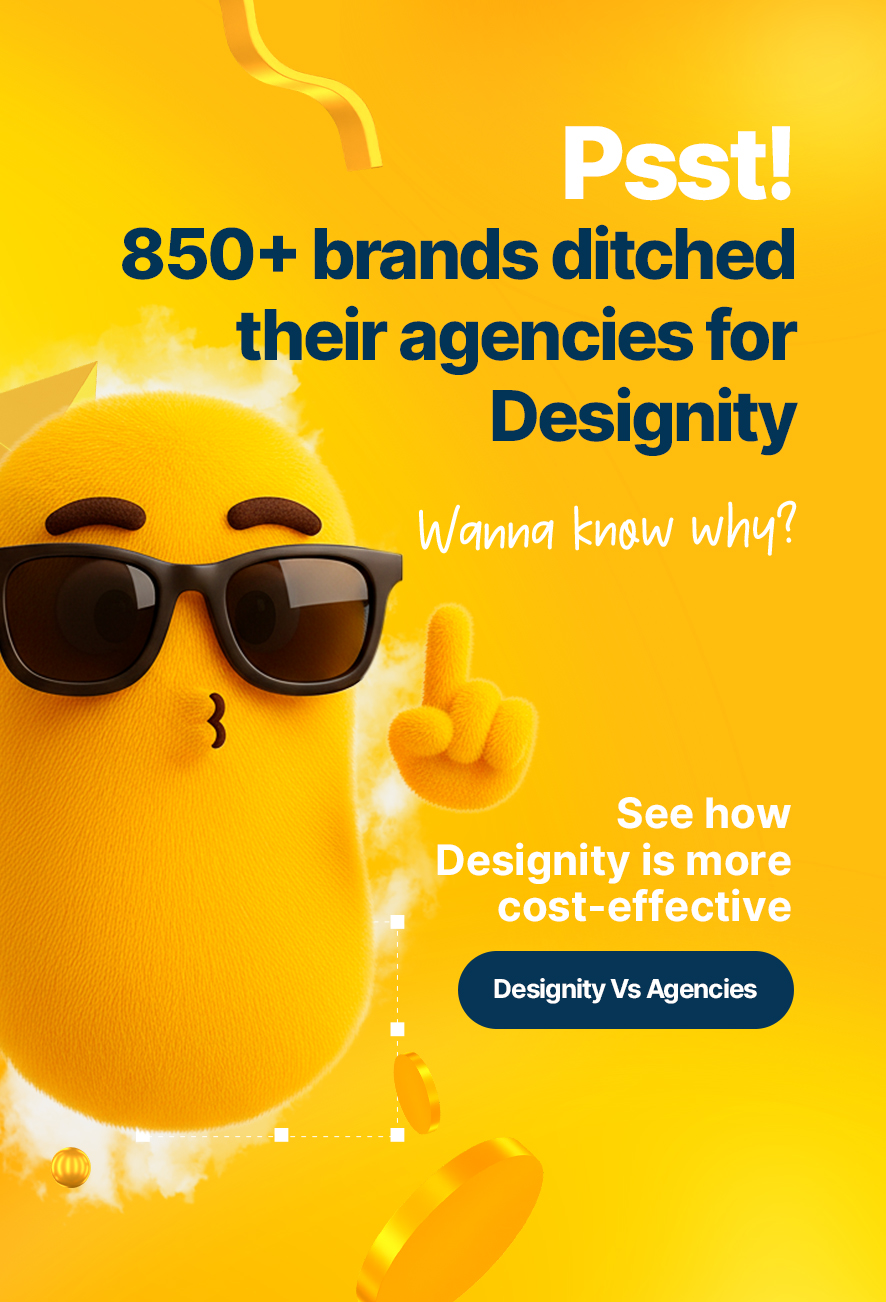If your brand wants to grow and compete in today’s fast-paced landscape, it needs more than a one-size-fits-all marketing strategy. That’s where full-funnel marketing comes in.
Full-funnel marketing is a holistic approach that targets and engages potential customers at every stage of the buying journey — from the moment they first learn about your brand to when they become loyal advocates. It works by aligning your content and customer experiences with where your audience is in the funnel: building awareness, nurturing interest, driving conversions, and encouraging long-term loyalty.
It’s not just a trend — it’s a smarter, more strategic way to connect with your audience and build lasting relationships.
In this blog, we’ll break down how full-funnel marketing works, why it’s effective, and how you can implement it to elevate your brand’s performance across every stage of the customer journey.
What is the Marketing Funnel Made of?
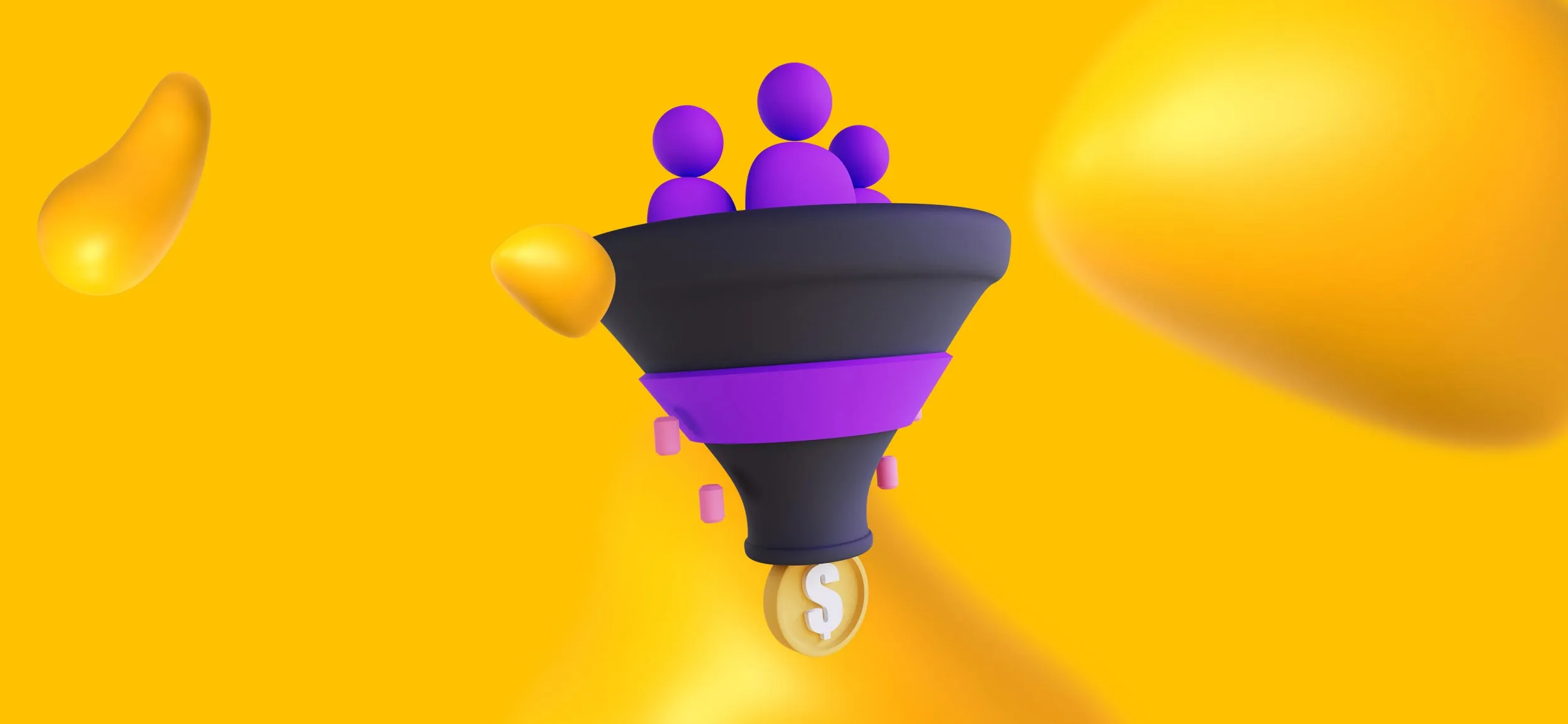
So, what stages make up the marketing funnel?
The marketing funnel is usually split up into three different stages, depending on what phase of the user journey your potential customer is currently in:
Here are those stages now:
Stage 1. Top of Funnel (ToFu)
The top of the funnel is the largest stage, the awareness stage of the buyer’s journey, where your potential customers first become aware of a problem or a need.
Sometimes they’ll discover this need all on their own, and sometimes they’ll need a gentle nudge from your content to help bring it to their attention. Once they discover that need, though, they’ve entered your funnel.
Your main focus at this stage should be aimed at educating these new prospects about the pain point or problem they’re having and how it’s something that has a solution.
Examples of ToFu Content
To better educate your audience about their need, try using some of the following content examples below:
- Digital Ads — Start your full-funnel marketing strategy with pay-per-click (PPC) ads on platforms like Google and social media. These targeted ads allow you to introduce potential customers to your brand as they search for solutions to their problems. Use metrics like search history, online behavior, and demographics to capture their attention.
- Blog Posts—Blog posts are handy tools for building brand awareness and educating your potential customers. Use them to help your audience understand their challenges and offer potential solutions in an engaging and easy-to-read format. This content type can be an informative and entertaining introduction to your brand.
- Videos / How-Tos — Engage your audience with captivating videos and how-to content. Video marketing captures potential customers' attention, makes them aware of your brand, and positions your products or services as a future solution.
- Social Media Posts—Harness the power of social media to get your brand in front of potential customers. Share engaging social media posts with your followers or reach out to prospects through a paid ad campaign. This approach increases your brand visibility and provides an easy way for prospects to engage by liking or following your page.
- Infographics — Create visually appealing infographics to showcase solutions to common pain points. These graphics are easily shareable and help convey complex ideas in a visual and easy-to-understand format. They are a great way to pique the interest of potential clients.
ToFu KPIs
Understanding how your ToFu content performs is essential for optimizing your strategy and guiding more prospects through the rest of the funnel.
It’s important to get this stage right, so keep an eye on the following KPIs to gauge the effectiveness of your content:
- Website Traffic — The number of visitors to your website indicates the overall awareness of your brand and the effectiveness of your top-of-the-funnel content and strategies.
- Unique Visitors — This metric helps you understand how many different individuals are visiting your website, giving you insight into the size of your potential audience.
- Page Views — Monitoring page views shows which content resonates with your audience and which topics generate the most interest.
- Click-Through Rate (CTR) — CTR measures the percentage of people who clicked on a link or ad. It helps assess the effectiveness of your call to action (CTA) and ad copy.
- Social Media Engagement — Track likes, shares, comments, and follows on your social media posts to gauge audience interaction and brand visibility.
- Bounce Rate — A high bounce rate may indicate that your landing page or content isn't effectively engaging visitors. Reducing bounce rates is a priority for ToFu marketing.
- Ad Impressions — For PPC campaigns, ad impressions show how often your ads were displayed, indicating brand exposure.
- Social Media Follower Growth — The growth of your social media followers is a direct measure of increased brand awareness.
- Email Subscription Rate — Monitoring the number of email subscribers you gain from top-funnel content provides a valuable source for lead nurturing.
- Content Downloads—Track the number of downloads for content offers like eBooks, guides, and whitepapers, as this reveals how many prospects are interested in your educational resources.
- Referral Traffic — Measure the volume of traffic coming from external sources, which shows you how effectively you're leveraging referrals and partnerships.
- Lead Generation Rate — The rate at which you convert website visitors into leads. This is a key KPI for ToFu effectiveness.
- Conversion Rate on Forms — If you use forms to capture leads, track the percentage of visitors who complete them.
- Brand Mentions — Monitor how often your brand is mentioned online. This can indicate growing awareness.
- Social Media Click-Through Rate — For social media ads, CTR provides insights into how effectively your ads drive users to your website.
- Content Shareability — Assess how easily your top-funnel content can be shared on social media platforms.
- Ad Click-Through Rate — Specifically for PPC campaigns, this metric shows how well your ads encourage users to click and learn more.
- Inbound Links —Track how many other websites link to your content, improving your SEO and brand visibility.
- SEO Rankings — Monitor your search engine rankings for relevant keywords to evaluate your brand's visibility in organic search.
- Time on Page — Measure how long visitors stay on your pages to assess engagement levels with your content.
Stage 2. Middle of Funnel (MoFu)
The middle of the funnel is the consideration stage of the buyer’s journey, where your prospects have identified their problem and are now actively looking for a solution.
The middle of the funnel is a smaller stage as your prospects narrow.
At this stage, your main focus should be giving your prospects valuable information about your products and services, positioning them as a solution to your potential customer’s problem they discovered in Stage 1.
Examples of MoFu Content
Here are some great ways to educate your clients and give them the resources they need to help them make an informed decision:
- White Papers — White papers are in-depth documents that explain complex products or services. They offer valuable insights and comprehensive information to help potential customers make informed decisions about your offerings.
- Case Studies — Showcase success stories from previous customers who have benefited from your products or services. Case studies provide real-world examples of problem-solving, customer satisfaction, and the positive outcomes a customer can expect post-purchase.
- Product Guides / Specs — Product guides or specifications are essential for potential customers researching your offerings. They provide detailed information, particularly relevant for tech products, enabling prospects to make well-informed purchasing decisions.
- Video / How-Tos — Videos and how-to guides are crucial in the middle of the funnel. They offer an engaging and more in-depth explanation of your products or services. Include comparisons with competitors to help your potential customers grasp the unique value your brand provides.
MoFu KPIs
As your prospects narrow down and transition from the awareness stage to the consideration stage, it’s vital that you track how well you nurture these leads. Those prospects are considering your brand, so keep a close eye on the following conversions to help you get them to the next stage:
- Conversion Rate — The percentage of MoFu prospects who take a specific action, such as downloading a resource, signing up for a webinar, or requesting a demo. This indicates your content’s ability to persuade potential customers to engage with your brand.
- Click-Through Rate (CTR) — The ratio of clicks on your CTA to the total number of prospects in the MoFu. This measures the appeal of your CTAs and the level of interest generated by your content.
- Marketing Qualified Leads (MQLs) — The number of prospects in the MoFu who meet specific criteria, indicating they are more likely to become customers. MQLs help you identify potential customers showing interest and readiness to engage with sales.
- Email Engagement Metrics — Watch metrics like open rates, click-through rates, and unsubscribe rates for emails targeting MoFu prospects. Knowing these metrics help you evaluate the effectiveness of your email marketing campaign in nurturing potential customers.
- Webinar or Event Registrations — The number of MoFu prospects who register for webinars, events, or online seminars. This number reflects the level of interest in deeper, educational content.
- Lead Scoring Changes — Changes in lead scores that indicate prospects' movement through the middle of the funnel. This helps track prospects' evolving engagement and interest levels.
- Content Engagement Metrics — Metrics such as time spent on specific content, number of pages viewed, and interactions with downloadable resources can help assess the effectiveness of your content in keeping your prospects engaged.
- Marketing Automation Metrics — Metrics specific to marketing automation platforms, such as workflow completion rates, personalization effectiveness, and A/B test results measure how well your marketing automation is nurturing and engaging MoFu prospects.
- Social Media Engagement — Metrics like likes, shares, and comments on MoFu-focused social media content can indicate the impact of social media efforts on engaging potential customers.
- Survey Responses —Number of MoFu prospects who complete surveys or feedback forms. Survey responses pull double duty as they both gather valuable insights from your prospects and measure their willingness to provide that feedback.
Bottom of Funnel (BoFu)
At the decision stage, your prospects know their problem, have the information they need, and are ready to purchase.
This is what you’ve been waiting for! The goal should be to give your prospects information that helps them choose your products and services over your competitors' solutions.
Examples of BoFu Content
With the right content that showcases your unique value, show your prospects why they should choose your products or services over your competitors!
Here are some ways to do that:
- Product Demonstrations — Offering in-depth product demonstrations can help your prospect get a closer look at how your product or service works. This can be a powerful tool for decision-making!
- Customer Testimonials — Showcase success stories from happy customers. These testimonials can provide social proof and reassure prospects that others have benefited from your offerings.
- Free Trials or Demos — Provide prospects with the opportunity to try out your product or service before they commit to a purchase. This helps build trust and confidence.
- Consultations—Offer free consultations to understand the prospect's needs and guide them toward the most suitable solution. This personalized approach will help you close the deal.
- Pricing Information — Provide transparent pricing information so prospects can decide whether your product or service fits their budget.
- Comparison Guides — Offer content that compares your offerings to your competitors, highlighting the advantages of choosing your brand.
- Case Studies — Show how your product or service has solved specific problems for other customers. These real-world examples make for highly convincing content.
- FAQs — Address prospects' common questions and concerns, reducing any uncertainties about your offerings.
- Guarantees or Warranties — Clearly outline any guarantees or warranties with your product or service to ease any lingering doubts.
- Special Offers — Present any limited-time offers, discounts, or incentives to encourage prospects to purchase.
- Closing the Sale — Provide clear and compelling CTAs encouraging prospects to take the final step, such as "Buy Now" or "Get Started."
BoFu KPIs
This is the stage where your prospect converts into a customer. Fine-tuning your strategies to get your prospects to the finish line is key here.
Here are the KPIs you should keep an eye on:
- Conversion Rate — Measure the percentage of prospects who take the desired action, such as purchasing or requesting a demo.
- Sales Revenue — Track the total revenue generated from bottom-of-the-funnel conversions.
- Customer Acquisition Cost (CAC) — Calculate the cost of acquiring a new customer, including marketing and sales expenses.
- Customer Lifetime Value (CLV) — Determine the total value a customer will bring to your business over their entire relationship with you.
- Purchase Frequency — Monitor how often customers make repeat purchases or engage with your business.
- Customer Retention Rate — Measure the percentage of customers who continue to do business with you over time.
- Churn Rate — Track the rate customers stop using your product or service.
- Average Deal Size — Calculate the average value of deals closed at the bottom of the funnel.
- Lead-to-Customer Conversion Rate — Evaluate the percentage of leads that become paying customers.
- Return on Investment (ROI) — Assess the financial return on your marketing and sales efforts.
- Upsell and Cross-Sell Rate — Analyze the success of upselling or cross-selling additional products or services to existing customers.
- Customer Satisfaction — Measure the level of satisfaction among customers who have converted and provide feedback to make improvements.
- Referral Rate — Track the number of referrals generated by satisfied customers.
- Net Promoter Score (NPS) — Gauge the willingness of customers to recommend your business to others.
- Repeat Purchase Rate — Calculate the percentage of customers who make multiple purchases.
Bonus: Post-Conversion
After converting, the journey doesn’t end!
You should continue to engage your customers post-conversion to foster a long-lasting relationship, encourage repeat purchases, and promote your brand.
Content here should focus on post-purchase support, customer service, gathering feedback, and encouraging loyalty, referrals, or upsells.
Examples of Post-Conversion Content
Since your prospect has made the leap and converted into a customer, your content should focus on retaining and satisfying your customer.
Here’s how you can do it:
- Satisfaction Surveys — Demonstrate your commitment to customer satisfaction by regularly seeking feedback through surveys. This proactive approach maintains communication and refines your services to better address your audience's needs.
- Exclusive Offers — Make your customers feel valued and special by extending exclusive offers or presenting opportunities for upselling and cross-selling. These tailored promotions can encourage repeat purchases and reinforce customer loyalty.
- Product Guides — Equip your customers with the knowledge they need to make the most of your products or services. Comprehensive product guides ensure your customers have the support they require and reinforces your commitment to their success.
Post-Conversion KPIs
To gauge the effectiveness of your post-conversion content, keep an eye on the following KPIs:
- Customer Satisfaction — Measure customer happiness and gather feedback to assess the quality of their post-purchase experience.
- Customer Retention Rate — Calculate the percentage of customers who continue to do business with you after their initial purchase.
- Net Promoter Score (NPS) — Assess the likelihood of your customers recommending your brand to others, indicating their level of satisfaction and loyalty.
- Repeat Purchase Rate — Track how many customers make additional purchases after their initial conversion.
- Referral Rate — Monitor the number of new customers acquired through referrals from your existing customer base.
- Upsell and Cross-sell Rate — Evaluate the success of upselling and cross-selling efforts to existing customers.
- Customer Lifetime Value (CLV) — Calculate the long-term value of a customer relationship to assess their financial contribution to your business.
How to Create a Full Funnel Strategy in 6 Steps
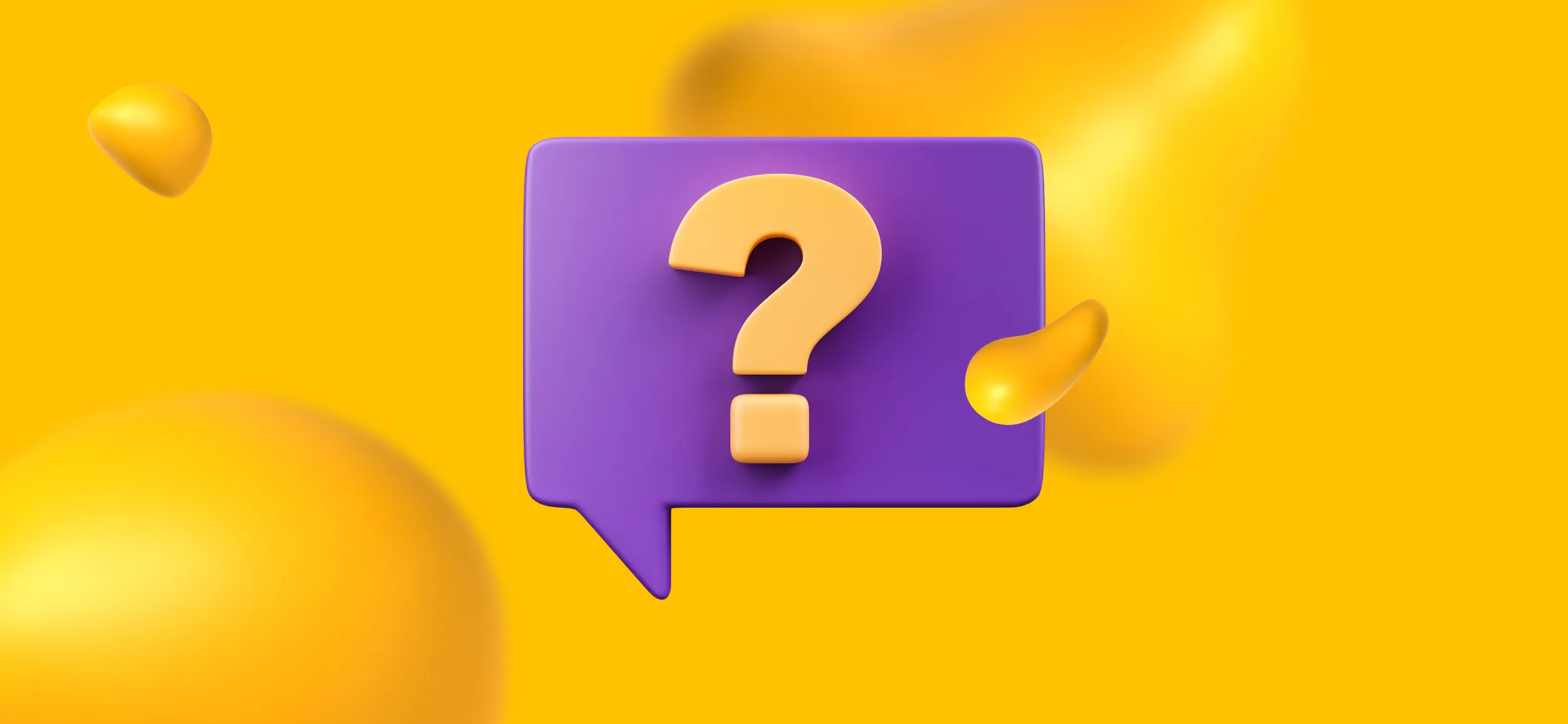
If you’re convinced that a full funnel approach is the way to go (and you should be!), then here are the steps to create a winning full funnel strategy for your next campaign.
Step 1: Set Your Goals
Before you start anything, you’ll want to set some goals. Clear and measurable goals are essential for providing direction and motivation for you and your team.
So, what do you want this campaign to achieve at each funnel stage? What is the desired action that your funnel is leading to?
Be sure that whatever goals you choose, they’re realistic and aligned with your overall business objectives!
Step 2: Choose your KPIs
Once you decide on your goals, you’ll need to know how to best track your progress as you and your team work toward those goals.
Select the KPIs that align best with the goals you’re working on. Each campaign and brand is different, but typically, the KPIs to track for a marketing campaign are conversion rates, click-through rates, customer retention rates, and revenue generated.
Refer to the KPIs listed above for more info!
Step 3: Map the User Journey
You’ve got your goals and you’ve got the KPIs you’ll be using to measure them, so now it’s time to map out the user journey!
The stages of the customer journey aren’t always linear, but they typically go like this:
- Awareness (Your First Hello)—At this stage, your lead has just become aware of your brand. Maybe they clicked on a well-placed ad, stumbled upon your website, or discovered your products or services on social media.
- Consideration (Getting to Know Each Other)—In this stage, your prospect starts to dig deeper. They’ll examine determining factors like customer service and pricing, scour your reviews, and compare your offerings to your competitors’.
- Conversion (It’s a Match!) — Your prospect has finished comparing and researching and chooses you by taking the desired action. Hooray!
- Advocacy (Happily Ever After) — After converting, your customer still relies on you for support and future purchases! Providing a positive post-purchase experience is the key to transforming your customer into a loyal brand advocate who shares your content on social media, talks you up to family and friends, leaves glowing reviews, and even sends you user-generated content!
So, what do your customers need from you at each stage of their journey? Your marketing and sales team should lay out user personas to help you better understand your customers.
If you’re unsure what a user persona is or how to create one, check out our recent user persona blog for a step-by-step guide!
Step 4: Create Compelling Content
Now that you know what your potential customers are looking for, you’ll need to create compelling content designed to engage them at each stage of their journey.
Have your creative team whip up educational, informative, and, yes, entertaining content that is tailor-made for each consideration stage.
Segmenting your audience is also helpful at this stage (and the next). Splitting up your market by demographic, source of visit, behavior, etc., makes it easier to determine the type of content that works best and the messaging that resonates most effectively.
And don’t forget that your team doesn’t have to be solely responsible for content creation!
Encourage your users in the advocacy stage to create that user-generated content for your socials, landing page, and website!
Step 5: Choose the Right Marketing Channels
Once you have some sweet content, you’ll need to revisit your user personas to determine which distribution channels would be most effective in reaching your audience.
Does your audience hang out on TikTok? Do they scroll through LinkedIn and Facebook during their lunch break? Do they enjoy reading blogs? Are YouTube videos the way to go?
Whatever it is, choose the best distribution channels and ensure that your content and messaging are consistent across them all.
Step 6: Monitor Your Performance
Once your campaign has launched, don’t waste time! Get to monitoring your performance as soon as you can.
Keeping track of your chosen KPIs will give you a clear picture of how your campaign is performing and whether certain aspects are having the desired effect. And no worries if something isn’t performing as well as you’d like!
Whether it’s subject lines, content, timing, or CTAs, simply adjust as needed to optimize your campaign and achieve your goals.
Benefits of Using a Full Funnel Strategy
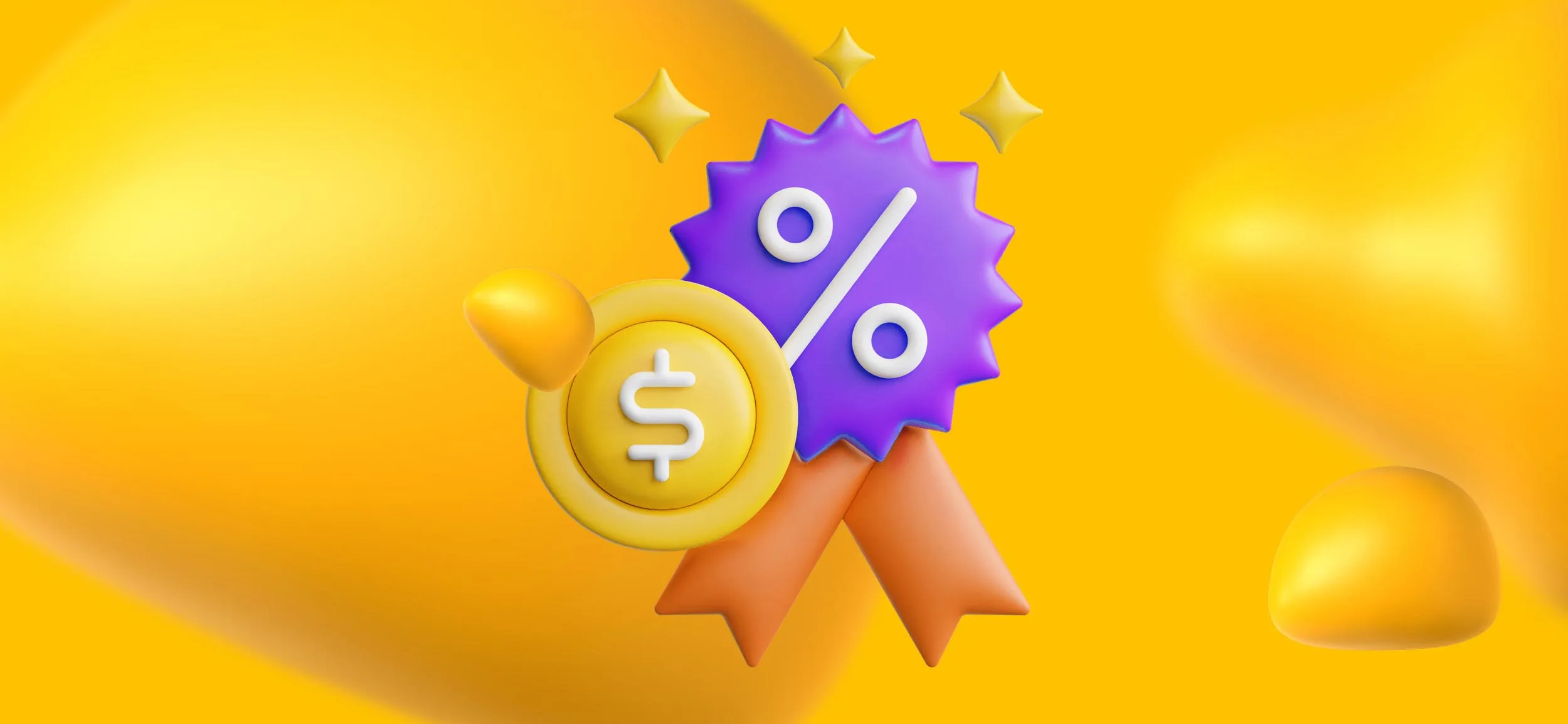
Implementing a full funnel strategy ensures that your prospects receive the right content and information at the right time.
By aligning your marketing efforts across the entire funnel, instead of a scattershot approach, you can more effectively guide your customers through your marketing funnel, drive conversions, and foster long-term customer relationships.
Here are some additional benefits:
- Increased Sales and Revenue — By addressing customers at all stages of the funnel, you have more opportunities to convert prospects into paying customers, resulting in increased sales and revenue.
- Improved Customer Engagement — Engaging customers with relevant content throughout their journey fosters stronger connections and brand loyalty.
- Better Targeting — Full-funnel strategies allow for more precise targeting, as you tailor content to where customers are in the buying process.
- Enhanced Customer Experience — Providing the right information at the right time improves customer experience and satisfaction.
- Reduced Wasted Resources — By targeting only those genuinely interested in your products or services, you can avoid wasting resources on unqualified leads.
- Data-Driven Decision-Making — Full-funnel marketing generates valuable data and insights, helping you make informed decisions to optimize your strategy.
- Improved Marketing ROI — By efficiently guiding prospects through the funnel, you can achieve a higher return on investment (ROI) for your marketing efforts.
- Competitive Advantage — Implementing a full-funnel strategy can set your business apart from competitors focusing solely on one part of the funnel.
- Better Sales Alignment — Sales teams benefit from better-qualified leads and a smoother handoff from marketing, resulting in improved sales processes.
- Long-Term Customer Relationships — Full-funnel marketing isn't just about conversions; it's about building lasting relationships with customers, which can lead to repeat business and referrals.
<div class="c-blog_comp-cta cc-component-1"><div class="c-blog_comp-cta-left"><div class="c-blog_comp-cta-left-wrap"><img src="https://global-uploads.webflow.com/61cdf3c5e0b8155f19e0105b/6369722e59155470b6840033_Potential-clients.png" loading="lazy" alt="" class="c-blog_comp-cta-left-img"></div></div><div class="c-blog_comp-cta-right"><div class="c-blog_comp-content"><div class="c-text-wrapper cc-mb-32"><div class="c-title-4 cc-bold"><strong>Want to save money without sacrificing the quality?</strong></div></div><div class="c-text-wrapper"><div class="c-text-2">Say goodbye to traditional, expensive agencies and unreliable marketplaces. Say hello to Designity.<br></div></div></div><div class="c-blog_comp-wrapper"><a href="/pricing" target="_blank" class="c-button cc-primary cc-inverted w-button"><strong>Get Your 2-Week Trial</strong></a></div></div></div>
Introducing Your Full Funnel Experts
If, after reading this list, you’ve decided that a full-funnel marketing strategy is just what your brand needs, then that’s great.
If you’ve also concluded that creating content and implementing these strategies will require a wider skill set and more manpower than your brand can provide, that’s okay, too!
Because we have a solution.
Partnering with Designity is a cost-effective way to plan and launch a full funnel marketing strategy to help your brand grow!
Designity will pair you with an experienced Creative Director who will act as project manager and your single point of contact. They’re ready and willing to learn about your brand and your goals and help you plan a winning strategy for 2024.
And with the guidance of your Creative Director and a talent pool of the top 3% of US-based creative talent, you’ll soon have top-notch copywriters, designers, web developers, digital marketers, animators, and more completing the engaging content to help your strategy succeed!
Why not look at our portfolio and see if our style fits your brand? When you’re ready, book a demo call today.
Give us a test drive with a 2-week, no-obligation trial and see if Designity isn’t just the full funnel marketing partner that your brand is looking for.
We'll be waiting.


